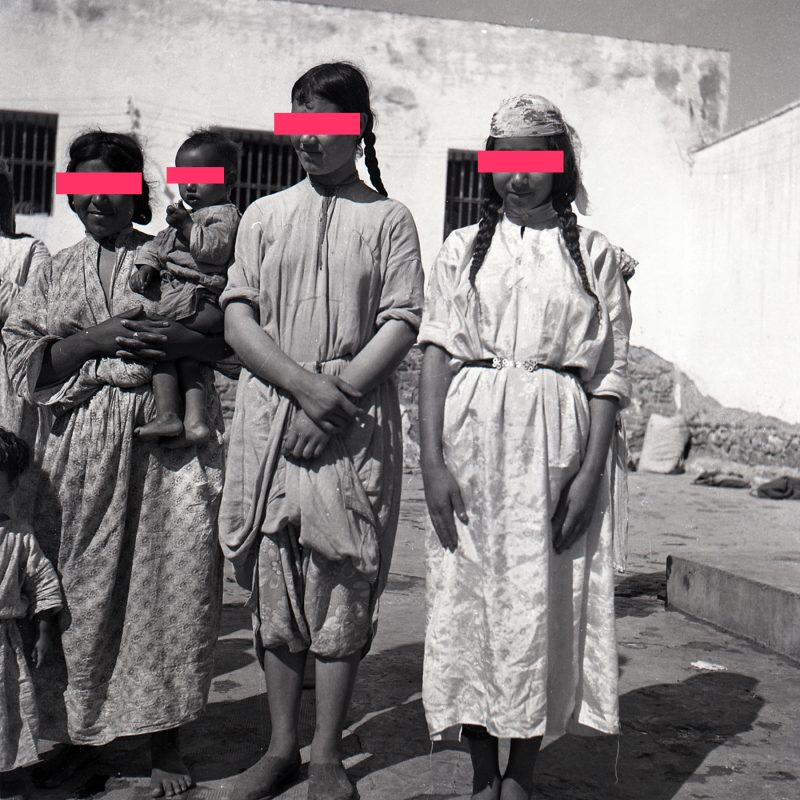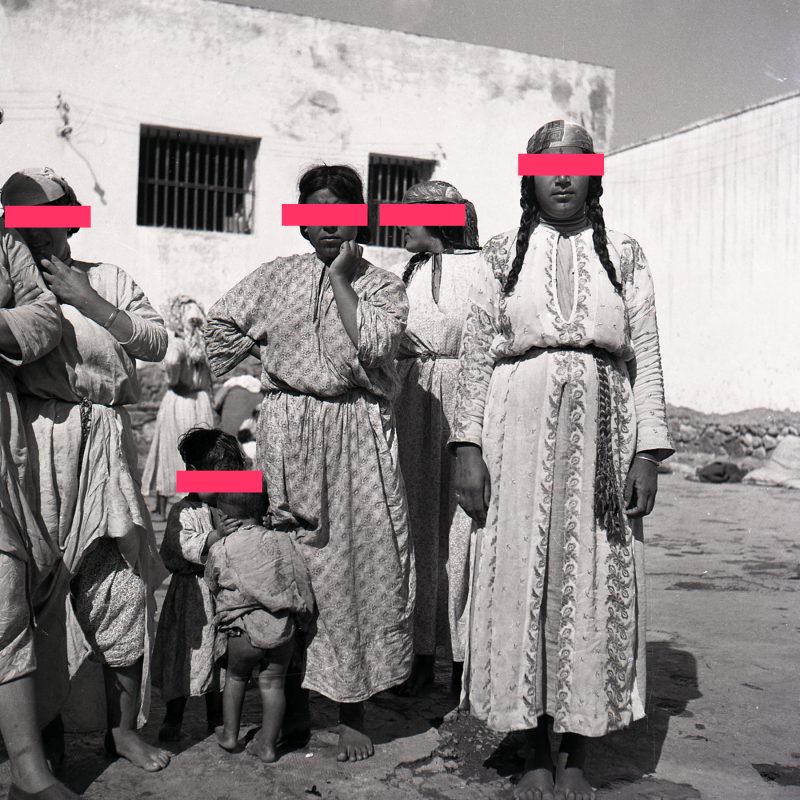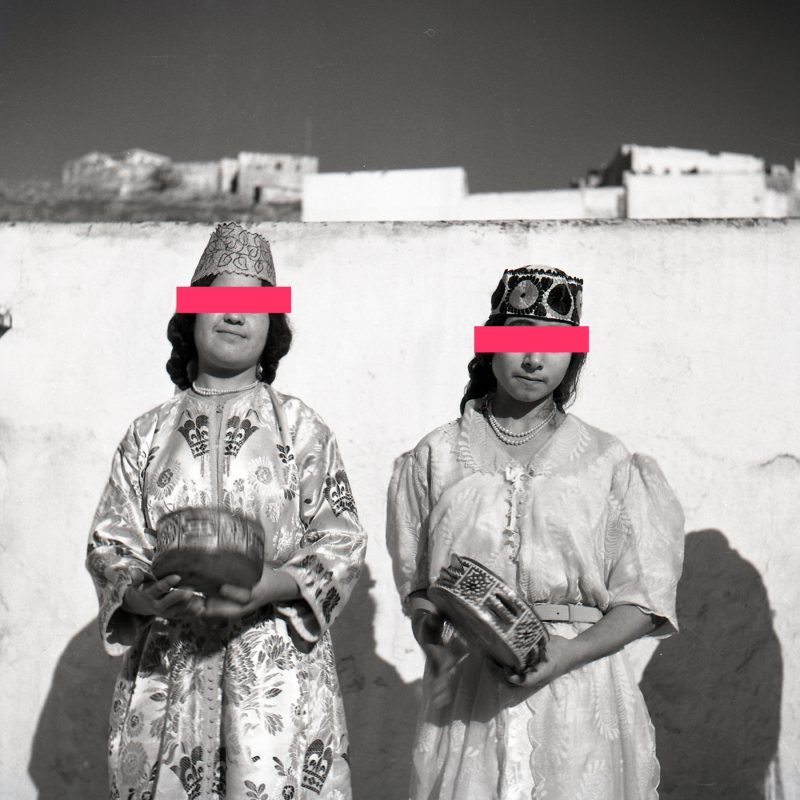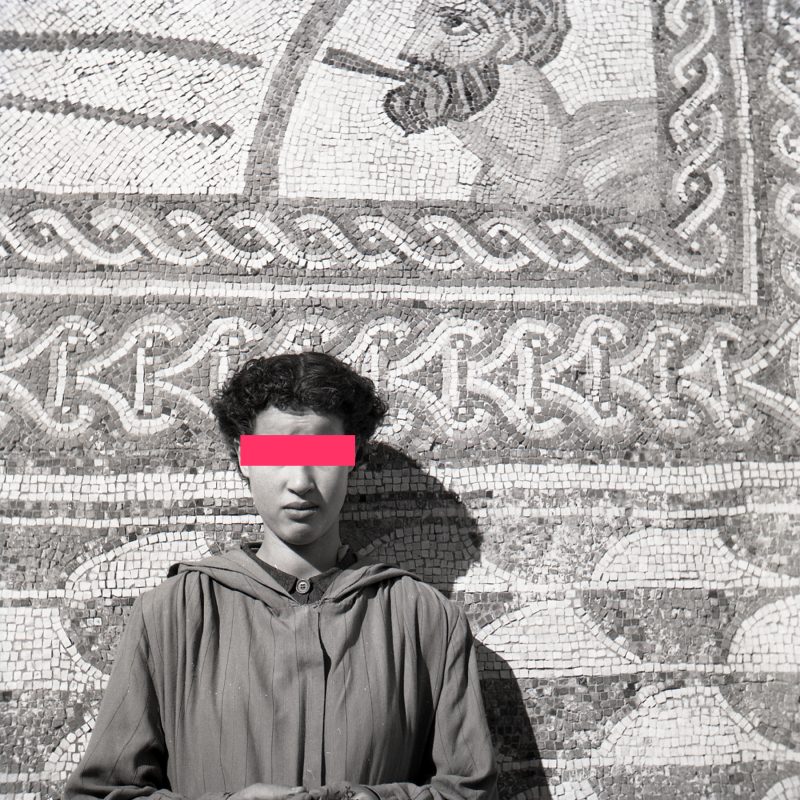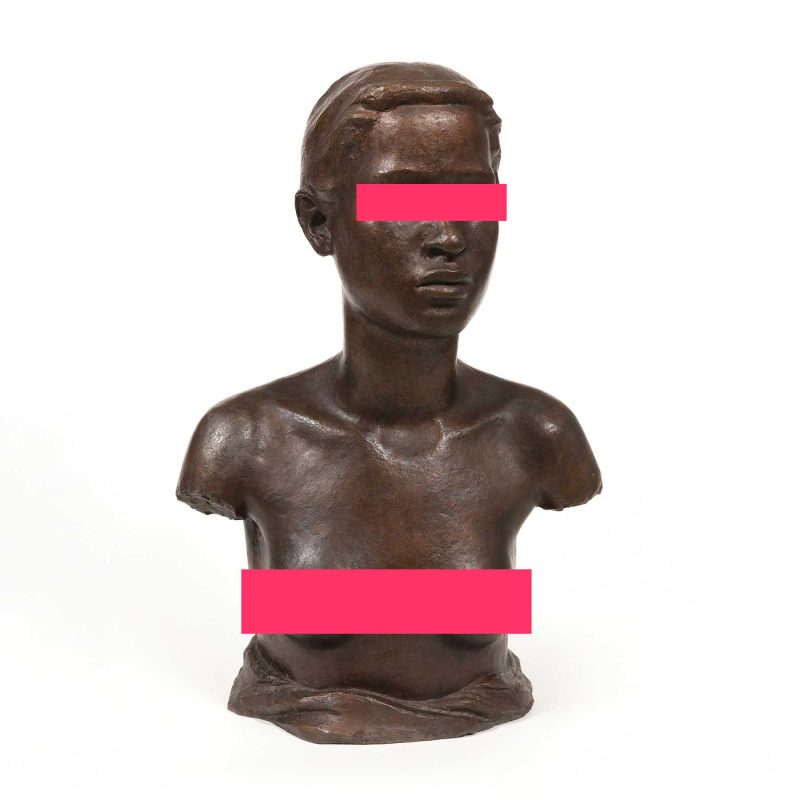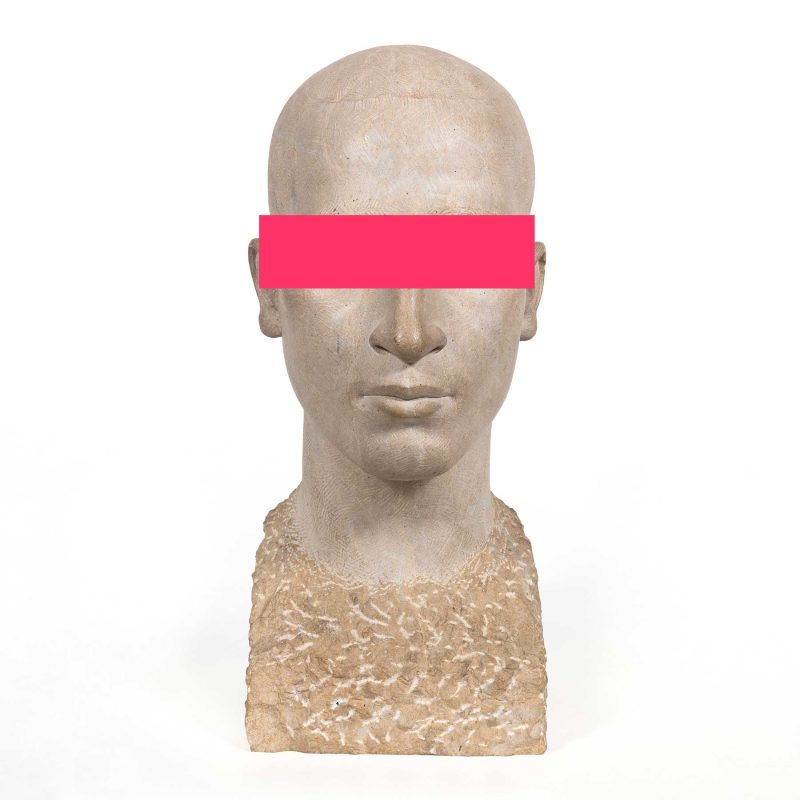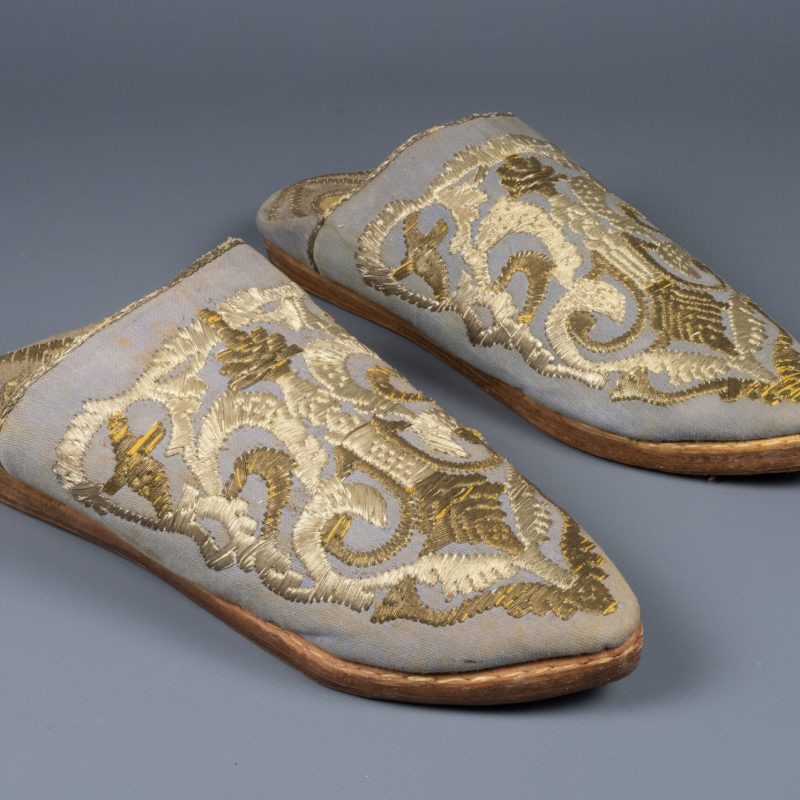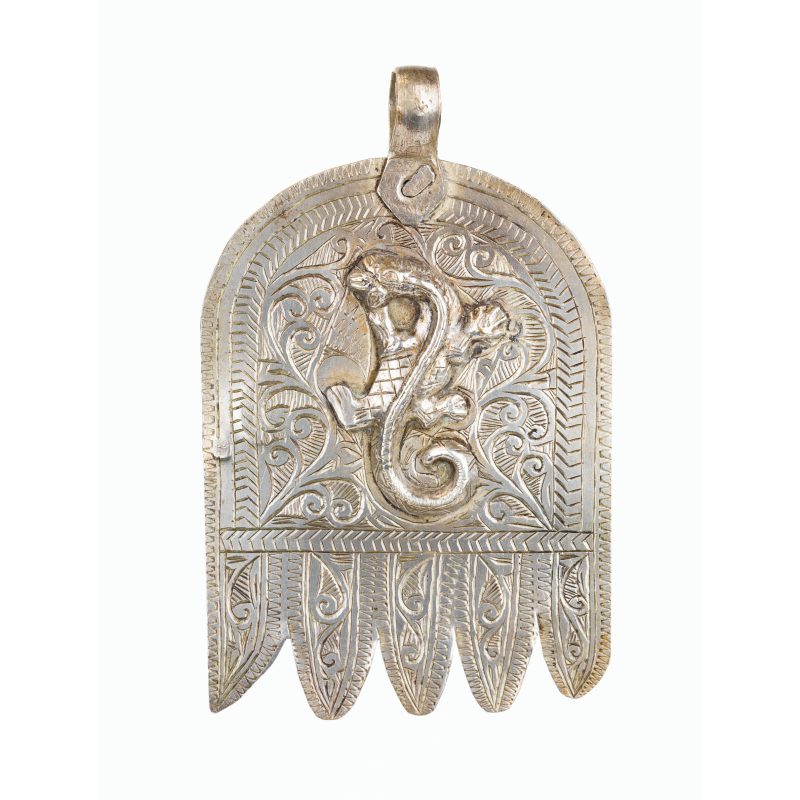Summary of results
This piece was acquired by August Panyella and Eudald Serra on 4 November 1952 in Villa Sanjurjo, in Ait Kanasa, Bocoya (Riffian berber tribe) during the first expedition undertaken by the Ethnological and Colonial Museum to the Spanish Protectorate in Morocco. This vase, bought for seven pesetas, is part of a collection of Riffian ceramics built up during the expedition.
Chronological reconstruction of provenance
Along with pieces MEB 22-323 and MEB 22-286, which were selected for the provenance records, piece MEB 22-337 is one of a series of purchases of Riffian ceramics made by Panyella and Serra in various souks in the area. In this case, it appears to be an object that was acquired (along with others) at Villa Sanjurjo, in Ait Kanasa, Bocoya (Riffian berber tribe), on 4 November 1952. The description is as follows: ‘337-8: 2 small jugs with handles’ (MEB_L128_05_02).
Estimation of provenance
According to the field notes, which are not very enlightening, they were bought in Villa Sanjurjo, in Ait Kanasa (Bocoya). However, there is no precise information on who sold these items, it is understood that it was the potters or sellers of these ceramics in the souks. According to the list of items in the supporting expenses, it seems to have cost seven pesetas (MEB_L128_05_03).
Possible alternative classifications
Add to the inventory the group (Bocoya berber tribe) and the place of provenance (Villa Sanjurjo), as well as the price at which the objects were acquired (seven pesetas) and the material (ceramics).
On the other hand, it would be advisable to provide more information on the manufacture and marketing of this type of manufacture, which is present in the field notes and in the works produced by the expedition members. On page 118 of the expedition’s field notes, there is a description of Rif pottery, which specifies that:
‘in the Rif and adjacent territories, pottery is made both by hand and on the wheel, with each manufacturing system having its own peculiar forms and types of decoration. The work by hand is the exclusive domain of women and the work on the wheel is the exclusive domain of men’.
They go on to detail the materials and production of the pottery:
‘there are two kinds of clay used, a white variety called therakkth, which breaks easily and is considered inferior, and the red clay called er-asr (from the Arabic el asl, meaning “honey”) so called because when it is fired it sometimes drips metal and looks like honey. Nothing is made from this slag and the inhabitants do not even know what metal it is. This ‘honeyed clay’ is red before firing and suede-coloured after firing; it rattles when struck and makes more solid vessels than the white variety. Most hand-modelled vessels are made of it; the white variety is more commonly used for the potter’s wheel’ (MEB_L128_05_02, p. 118-119).
Complementary sources
Archives:
MEB_L128_05_02
MEB_L128_05_03
Bibliography:
López Bargados, A. i Martín López, S. (2022). Entre zocos e internados. Itinerarios y procedimientos en las expediciones del Museo Etnológico y Colonial de Barcelona al Protectorado español sobre Marruecos (1952-1956). Ajuntament de Barcelona.
Soriano, M. D. (2010). Historia, tradición y cultura: Las colecciones africanas del período colonial del Museu Etnològic de Barcelona. Dins Actes del 7è Congrés Ibèric de Estudis Africans (p. 1-20). Lisboa.

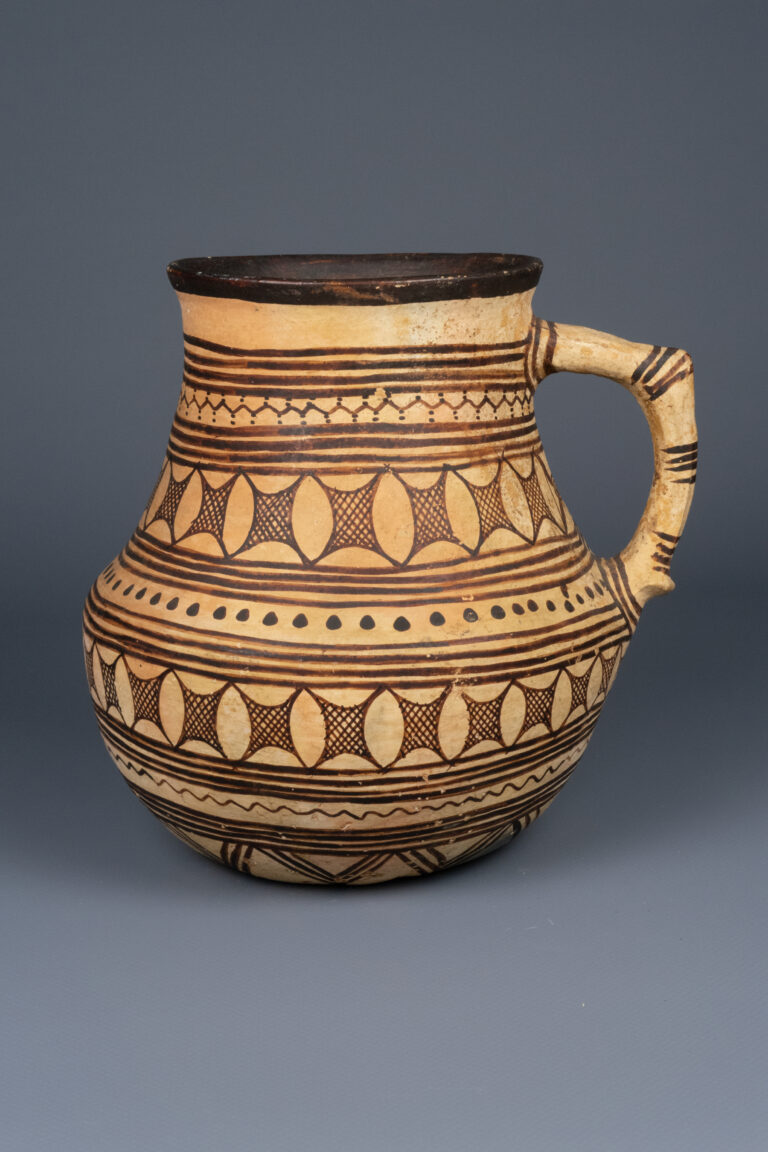
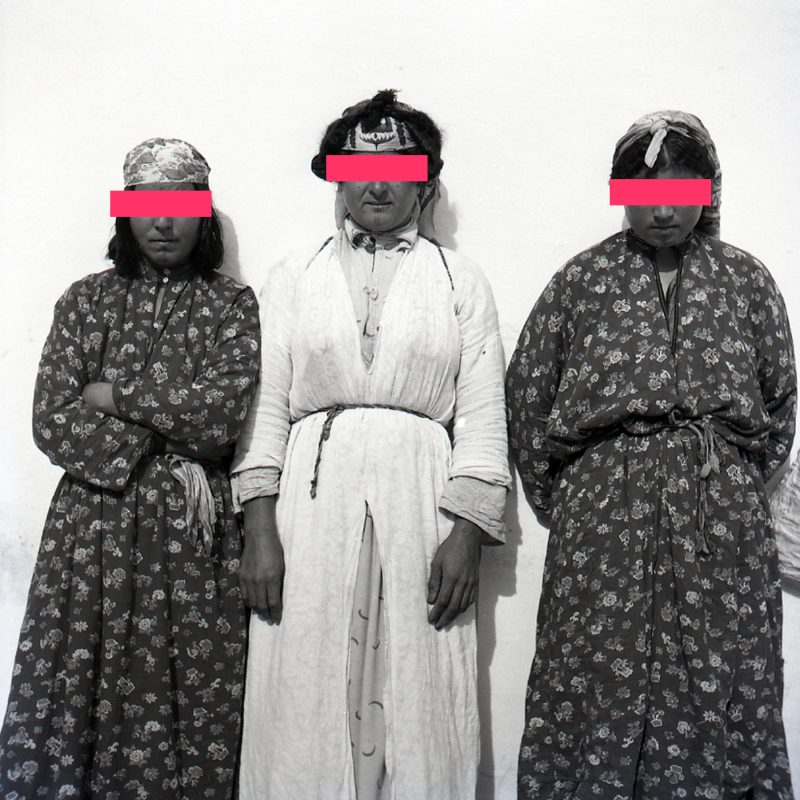
![2768v2 Sr. Serra modelant cap berber al taller del fotògraf [sic]; Xauen](https://trafricants.org/wp-content/uploads/elementor/thumbs/2768v2-1-r1s3naz0e9jpfdk332eci3myow1y18s3l4ttuptphc.jpg)
